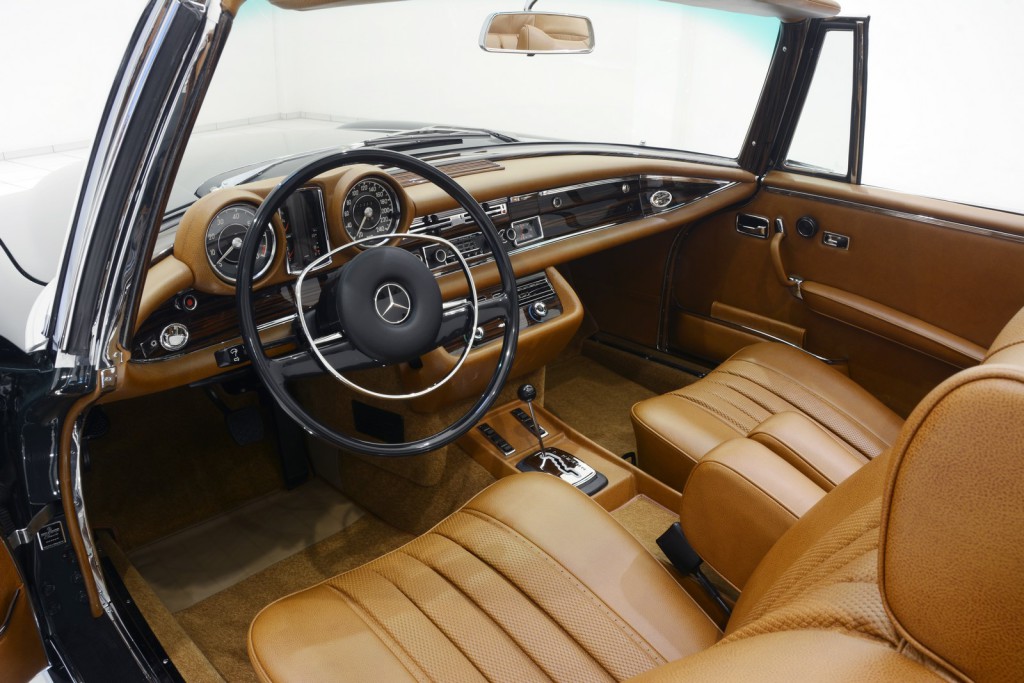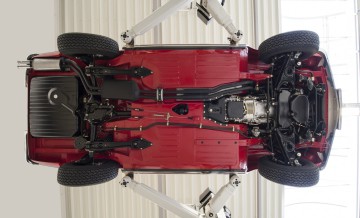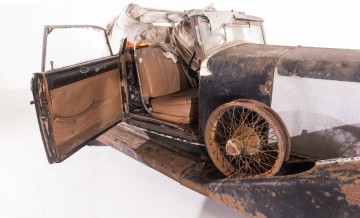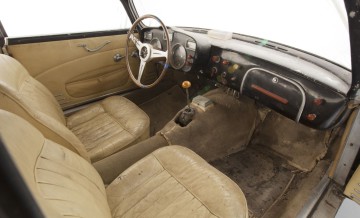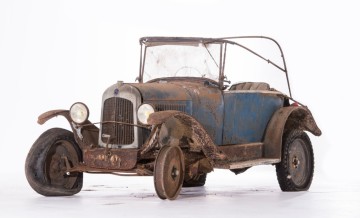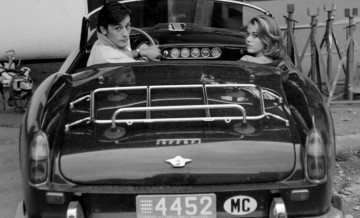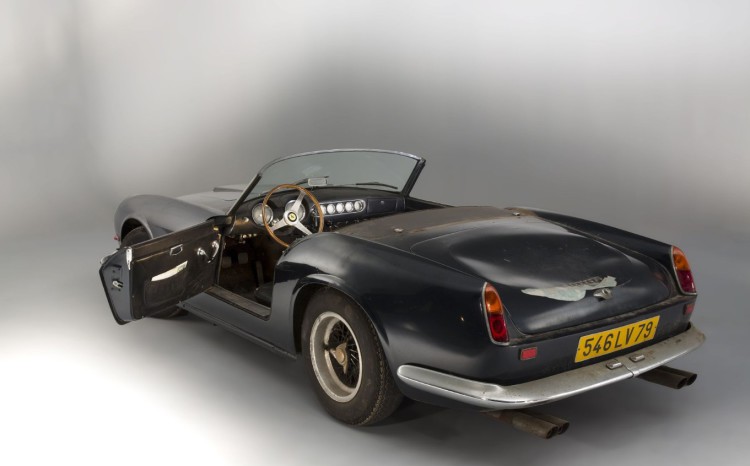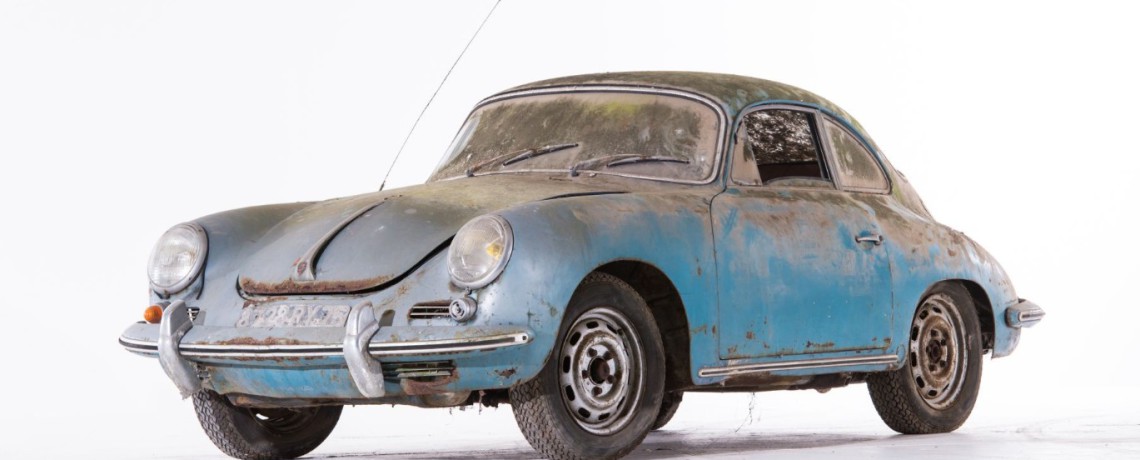
Source: Classic Data
Definition of Classic Car condition scores
Assessing a car with a score of between 1 (immaculate) and 5 (in need of restoration) is not always easy, despite the long-standing existence of definitions.
Additional factors may in fact have nothing directly to do with the condition of the vehicle: Authenticity and the story behind a specific vehicle have also proved to be details that can dictate its value. It takes a lot of experience to be able to give such individual factors the correct weighting when establishing a price. A somewhat “lived in” example once owned by a celebrity may, for instance, prove significantly pricier than the price table for its condition at level 3 or 4 might suggest.
Condition 1
Immaculate condition. No flaws, damage or signs of wear either technically or visually. Complete and perfectly restored top-class vehicle. As good as new (if not better). Very rare. A vehicle that one approaches with pleasure and that reveals not a single flaw, even upon closer inspection. The basis for the evaluation with condition score 1 is the assumed condition upon delivery to first customer i.e. the new vehicle condition for the relevant manufacturer at that time.
Condition 2
Good condition. No flaws, but slight (!) traces of wear. Either rare, good unrestored original condition or expert restoration. Technically and visually perfect with minimal signs of wear. A vehicle that one approaches with pleasure but which, upon closer inspection, reveals slight signs of wear. These slight traces of wear should reflect the documented low level of overall mileage or of mileage since restoration. The level of technical wear and tear should be correspondingly low.
Condition 3
Used condition. Vehicles without major technical or visual flaws, in full working order and fully roadworthy. No rustthrough damage. No immediate work necessary. A vehicle that when approached and examined more closely reveals clear signs of wear and a variety of minor defects. Such traces of wear and defects should reflect the documented level of overall mileage or of mileage since restoration. The level of technical wear and tear should correspond to this.
Condition 4
Worn-out condition. Limited roadworthiness. Immediate work necessary if vehicle is to comply with (German) road traffic licensing regulations. Minor to moderate rust-through damage. Essential structure of vehicle complete but not necessarily without damage. A vehicle that upon being approached shows a variety of flaws and defects that are apparent even from a distance. Closer examination reveals significant signs of wear and tear
Condition 5
Condition requiring restoration. Vehicles in poor, non-roadworthy condition. Considerable work required on all subassemblies. Vehicle not necessarily complete Explanation: A vehicle whose significant defects and/or missing components are immediately apparent even to the layman. Could conceivably be used for parts cannibalization.
